Monthly Archives: October 2024
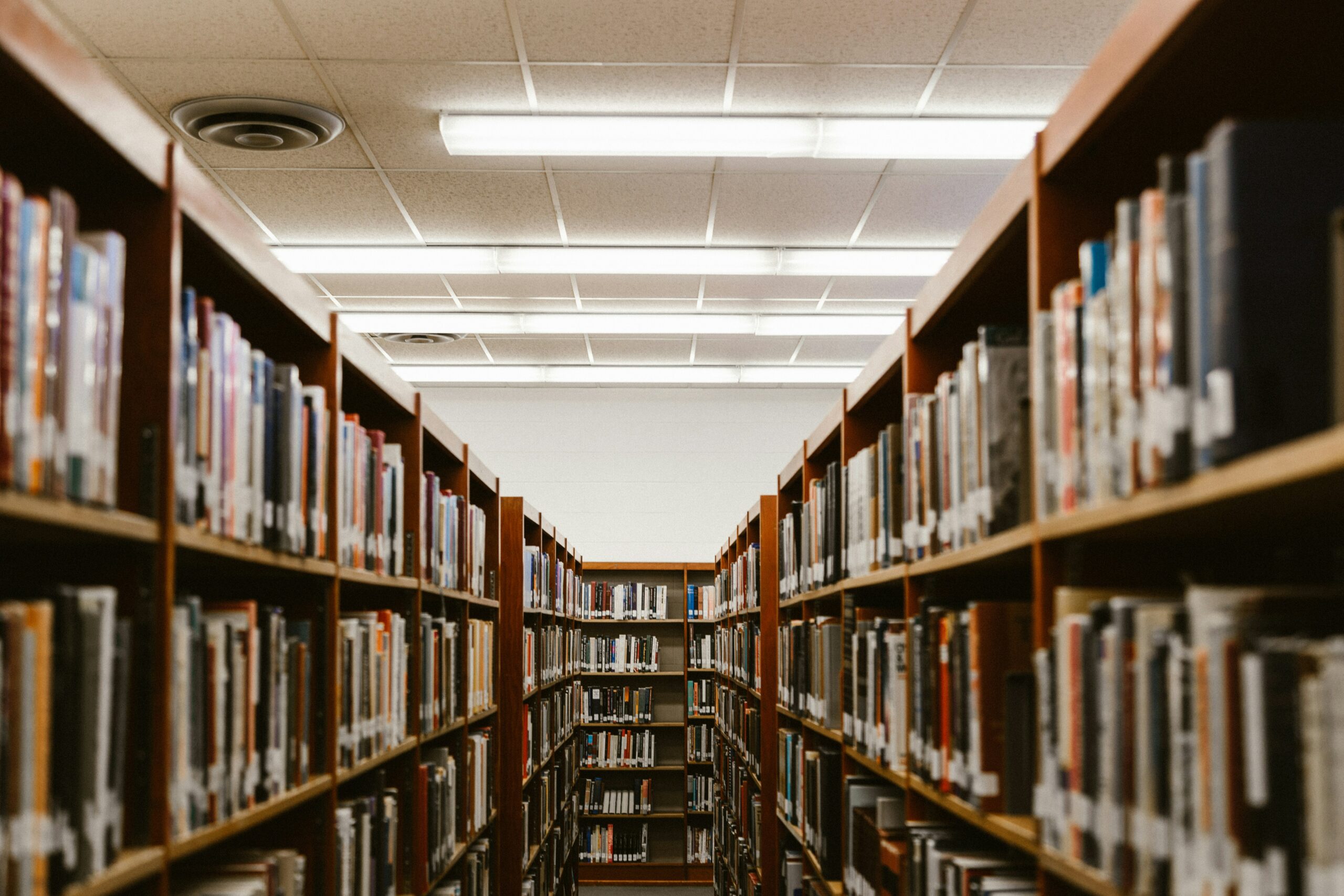

Blog Post #4: Open Pedagogy and OER
Open Pedagogy
In education, knowledge is shared. Open pedagogy follows this idea by emphasizing the sharing of resources as well as collaboration among learners and educators alike. This Youtube video provides a foundational definition and explanation of open pedagogy which is useful to understand for this blog post:

This idea that educational materials should be shared among everyone can sometimes cause fear for privacy risks. This article from UBC gives context to the potential risks of open pedagogy. I think it is important to recognize the risks along with the benefits, to ensure that we understand the ethics of open pedagogy before implementing it. Much of the risk comes down to privacy, and ensuring student privacy is always maintained; which is possible with open pedagogy so long as there is an awareness from the educator. Ultimately, the outcomes of shared learning resources are far greater than the downfalls. To illustrate just how beneficial open pedagogy could be, here is my comparison between open pedagogy and traditional learning:
| Open Pedagogy | Traditional Learning Methods |
| – Collaborative – Open licensed materials – Student driven – Contributions to discussions – Reflections | – Hierarchical – Proprietary materials – Curriculum driven – Consuming of information – Assessments |
As you can see, open pedagogy offers a learning environment which is not only more engaging for students, but will also aid with inclusivity, accessibility, and differing learning styles as it is often led by student creativity and curiosity.
The Role of OER
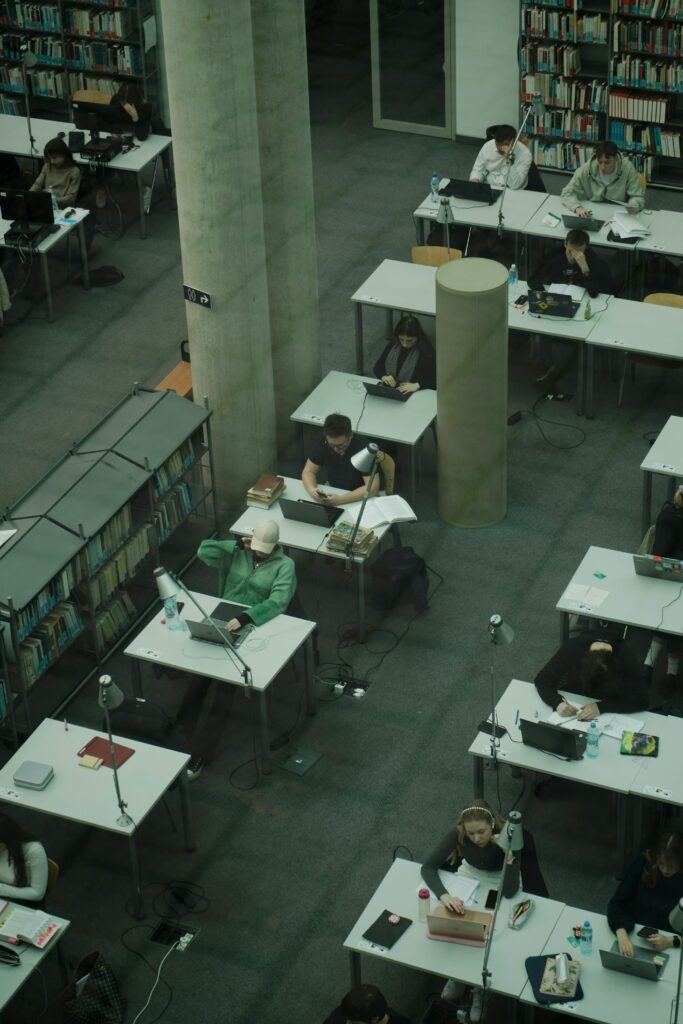
Open Educational Resources (OER) are teaching, learning, and research materials that are freely available for use, modification, and distribution. OER offer countless benefits to the educational landscape, and are transformative in their contributions to a more equitable and accessible educational world.
While the benefit of free resources is important in the role of education where often money is an issue, as outlined through this podcast episode from the University of Athabasca, the free aspect also means there can be a significant reduction in educational inequality. This episode outlines that cost is not the only benefit of OER, and some of the other benefits are as follows:
- Removing Barriers: By providing free access to quality educational materials, OER help remove financial barriers that can prevent students from accessing learning resources.
- Global Reach: OER can be accessed by anyone with an internet connection, expanding educational opportunities to populations in remote areas.
- Lifelong Learning: OER facilitate continuous learning opportunities beyond formal education, empowering individuals to pursue knowledge at their own pace and according to their interests.
- Encouraging Openness: The use of OER fosters a culture of openness in education, where sharing knowledge and resources becomes the norm, further supporting equitable access to education.
Implementing Open Pedagogy
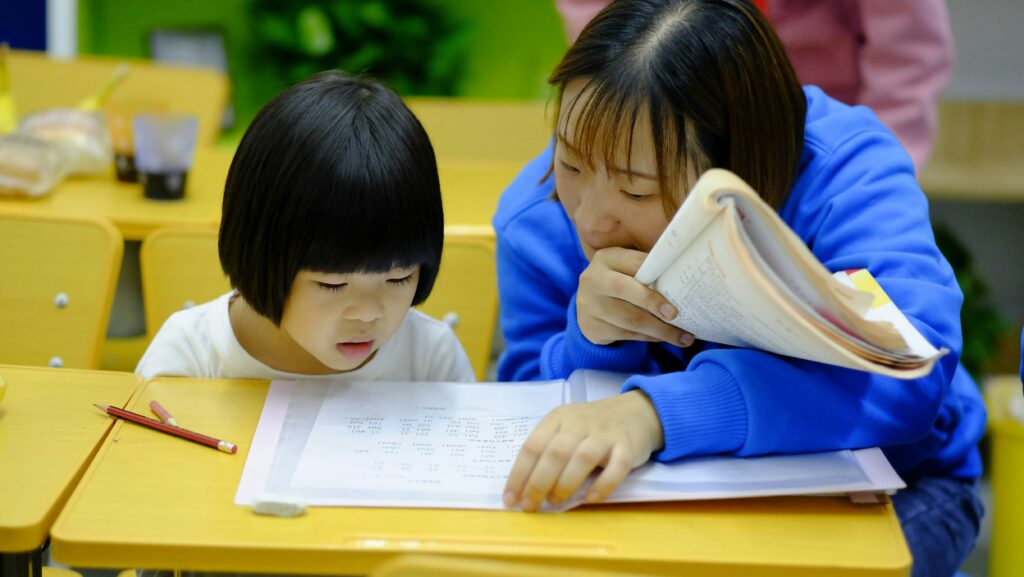
When it comes to implementing ideas from open pedagogy, there are many ways that each attribute can be implemented. However, I have countless ideas for how I would personally implement them. Firstly, to implement a collaborative learning environment, I would assign group work frequently, as well as engage students in group discussion, and encourage constructive peer feedback. To implement transparency, I would give students access to all the educational resources and materials so that they could look at them in their own time, as well as for the purpose of class assignments. To implement student centred learning, I would offer choices for how students can demonstrate their learning, and I would try to foster an environment where each students learning needs are being met. Moreover, I would offer students the opportunity to pursue their own topic of interest to encourage their learning interests.
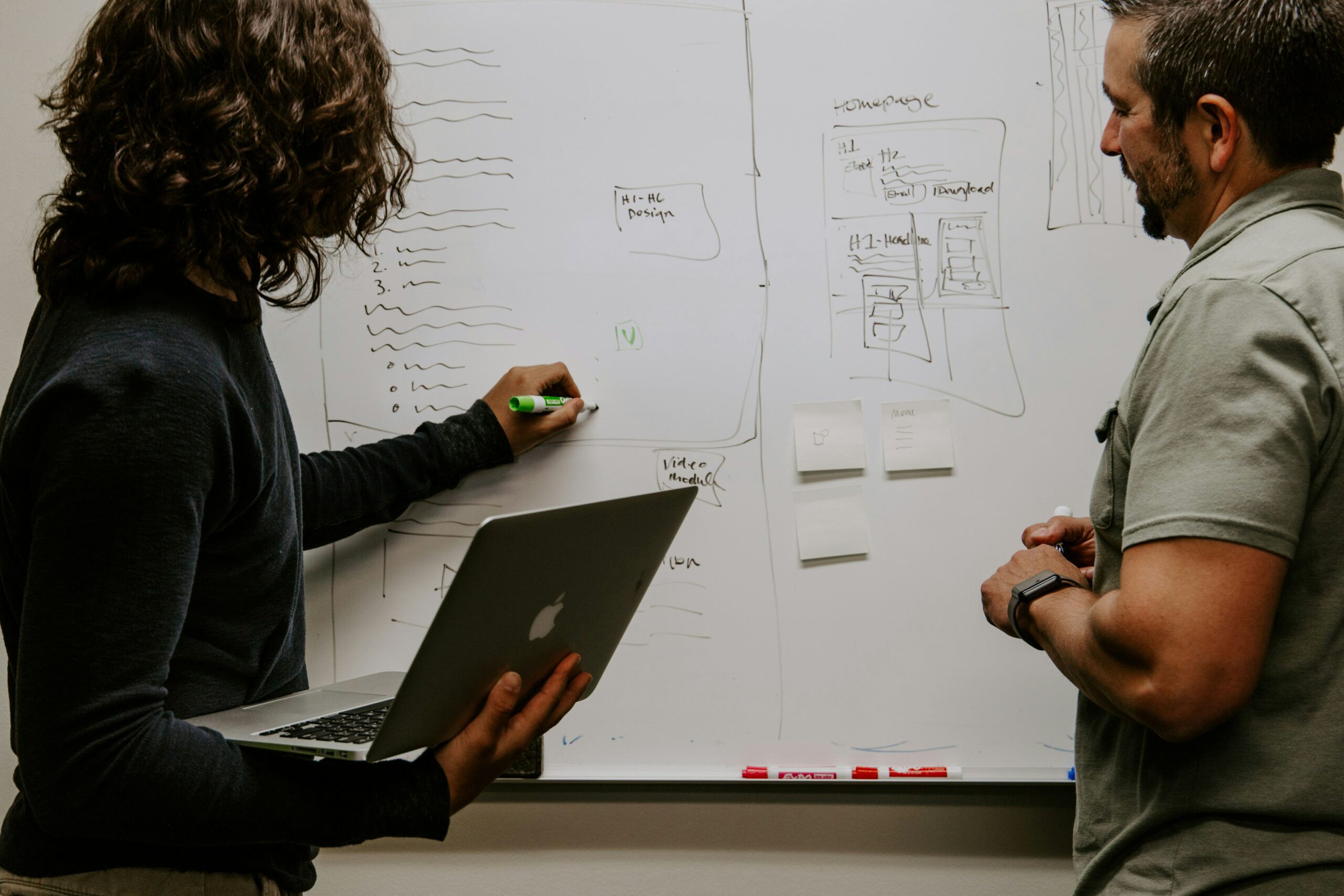
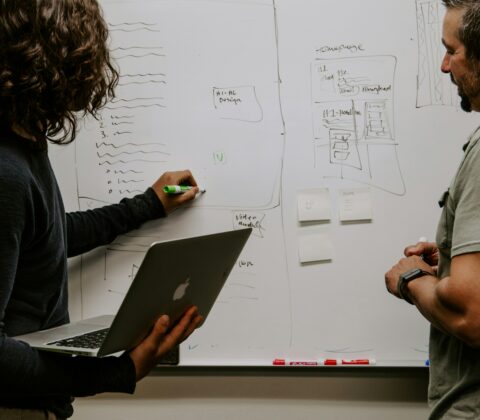
Peer Response Post #5
For this response I will be discussing Marco’s Blog Post #2 EDCI 339.
Marco’s reflections on pedagogy highlight important aspects of collaborative learning and the role of technology in enhancing our educational experiences. Technology is all around us today, and it is a very useful tool especially in pedagogy which prioritizes community and collaboration. I resonated with the experience of thriving in group projects; I love working in groups as I feel having multiple ideas from different can enrich my understanding. Marco’s insights into networked pedagogy demonstrate how diverse perspectives can challenge our viewpoints, which I think is so important today as the internet provides so many different perspectives that we all adopt.
Connectivism, as Marco mentioned, aligns well with our current learning environment, as it emphasizes the importance of engagement and knowledge-sharing. Additionally, their observations about instructors maintaining an accessible and supportive atmosphere made me think about balance in the digital world. Finding a balance between digital and in-person interactions is so important and I think it is a crucial aspect of digital literacy; without a healthy balance, we can end up feeling isolated and alone.
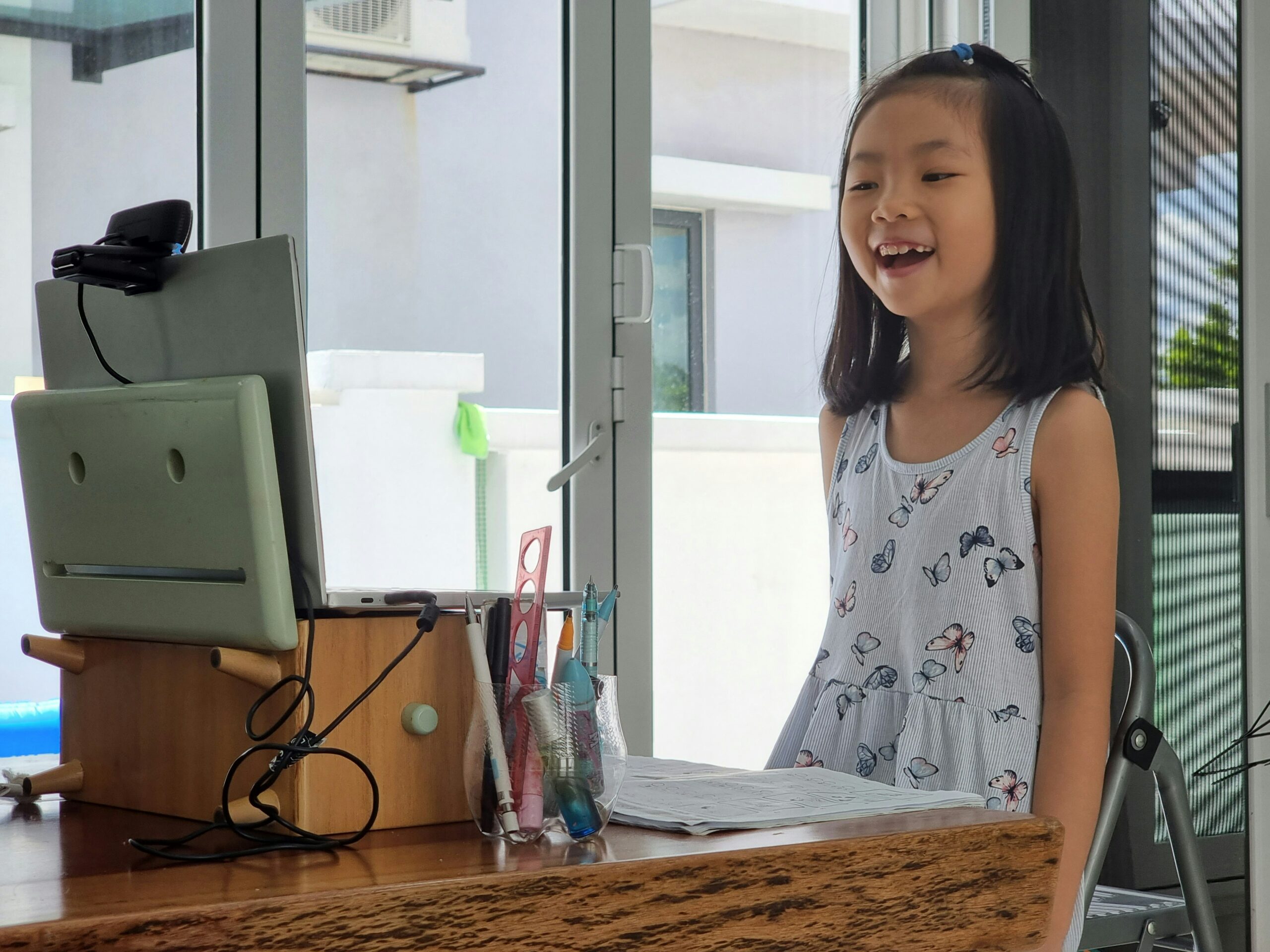
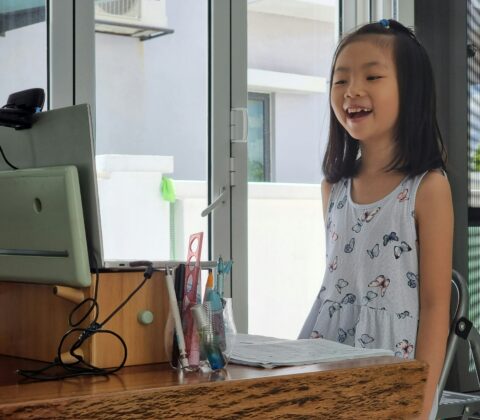
Peer Response Post #4
For this post, I will responding to Livia’s Blog #2.
Building on their discussion of pedagogy, I think it is important to recognize the role of collaborative learning in educational spaces; without collaboration, engaging in learning can be much more of a chore. Livia’s point about networked pedagogy really resonated we me; connecting with peers through platforms like the EDCI blog deepens our understanding and inspires us to refine our work. Networked pedagogy not only facilitates peer feedback but also fosters a sense of community that enriches learning. Engaging with classmates’ blogs allows for diverse perspectives and encourages critical thinking. Livia’s point considering the instructors role was very valuable to me, and it caused me to consider how online communication from instructors is vital in maintaining this collaborative environment. As we navigate digital spaces, we should be cultivating a supportive environment where constructive feedback thrives so that all learners to can grow in their educational journeys.
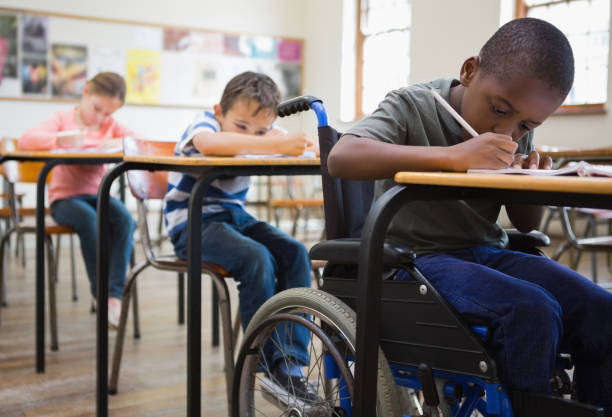

Blog Post #3: UDL and Accessibility
Universal Design for Learning (UDL)
The universal design for learning is an important framework which gives educators the tools to foster more inclusive and accessible learning environments, whether it be online or in person. I think the UDL is crucial in teaching, and through this framework, we see that not all students learn the same, but rather than shaming them or forcing them to learn in one way, we offer different ways to represent information, for students to engage with information, and for students to demonstrate their learning.
This image provides a visual which helps me understand the purpose of UDL a little better:

When I was in grade school it did not always feel like the UDL was being considered. For example, most of the time we were all told to take notes from a slide show or copy the teachers notes, and some students did not learn best this way, so it took them much longer than the rest of the class. When some students are struggling with one specific style of learning, it does not make sense to force them to “try harder” rather than considering that they may learn better through a different style. Through accommodation of all students, we can actually strengthen their learning through the use of the UDL.
Here is a Youtube video from the National Center on Universal Design for Learning helps to illustrate the need and purpose of UDL in action:
Accessibility in Online Learning
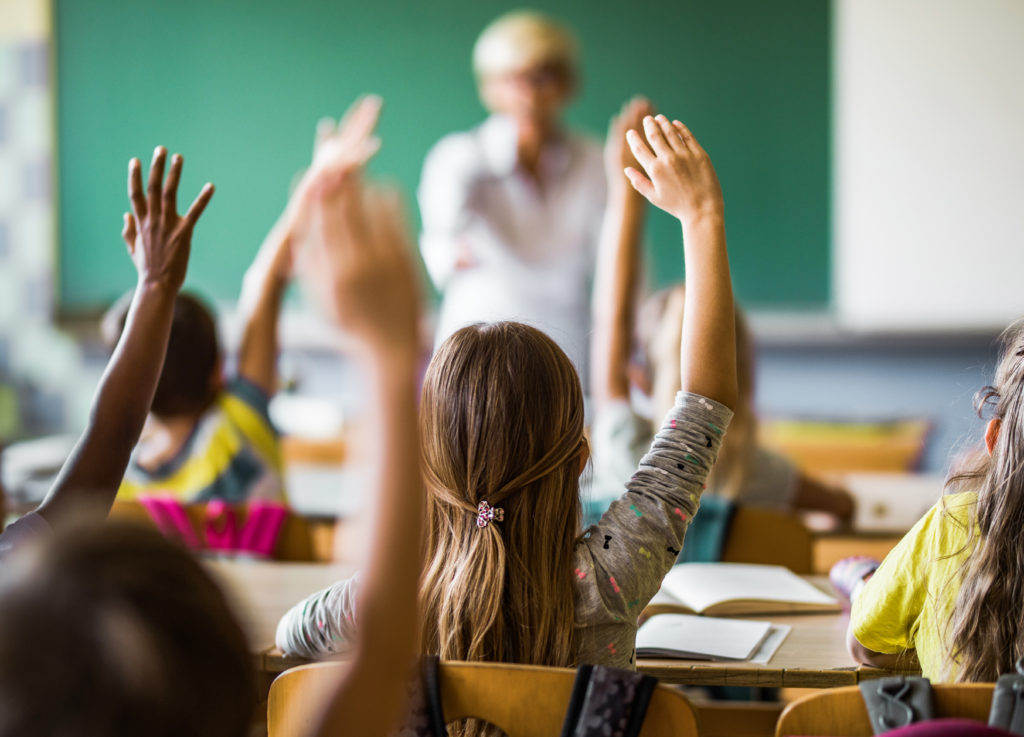
Accessibility in online learning is the idea that all students should have equal accessibility to knowledge, and through this idea, educators must design courses and develop teaching styles which will meet the needs of all students so that every learner can reach their full potential and is not held back by rigid lessons and inflexible educators. Accessibility is important not only in in-person classrooms, but also in online classrooms; To relate the topic of accessibility to virtual learning, check out this podcast episode which discusses practices to support students with disabilities in their online learning journeys.
To me, when considering accessibility, the most accommodating and helpful thing educators can do is to use all the resources they have and consider accessibility throughout lesson planning as well as instruction. Accessibility cannot be an afterthought, and it must be incorporated at all times. So, examples of tools which can be used for accessible learning are:
- Using multiple learning modalities (as described in UDL section above)
- Consider use of jargon or complicated language
- Consider readability of documents or slide shows
- Representing information through multiple sense pathways (visual, auditory, tactile, etc.)
Some more examples can be found on this blog: Accessible Learning: 10 Ways to Create a Better Learning Experience.

As an aspiring teacher, I want to be as knowledgeable as I can on how to create a welcoming, accessible, and inclusive environment for all of my students. I believe that the best way to create this environment is to form connections and relationships with students; to care about them and their interests. An educator who cares can provide the best learning experiences that are tailored their student’s needs and interests.